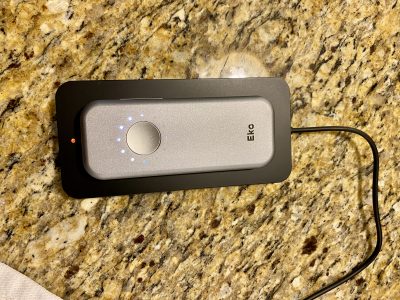Go get your flu shot, it looks like they hit it on the head (which is remarkable, at least to me). Picking the right antigens is always tricky.
From the CDC:
- Since October 1, 2012, CDC has antigenically characterized 140 influenza viruses, including two 2009 influenza A (H1N1) viruses, 90 influenza A (H3N2) viruses and 48 influenza B viruses.
- The 2009 influenza A (H1N1) viruses were characterized as A/California/7/2009-like. This is the influenza A (H1N1) component of the Northern Hemisphere vaccine for the 2012-2013 season.
- All 90 of the influenza A (H3N2) viruses were characterized as A/Victoria/361/2011-like. This is the influenza A (H3N2) component of the Northern Hemisphere influenza vaccine for the 2012-2013 season.
- Approximately 71% of the 48 influenza B viruses belonged to the B/Yamagata lineage of viruses, and were characterized as B/Wisconsin/1/2010-like, the influenza B component for the 2012-2013 Northern Hemisphere influenza vaccine.
- The remaining 29% of the tested influenza B viruses belonged to the B/Victoria lineage of viruses.
- Since October 1, 2012, CDC has tested two 2009 influenza A (H1N1), 122 influenza A (H3N2), and 81 influenza B virus isolates for resistance to neuraminidase inhibitors this season. Each of the viruses showed susceptibility to the antiviral drugs oseltamivir and zanamivir. High levels of resistance to the adamantanes (amantadine and rimantadine) persist among 2009 influenza A (H1N1) and A (H3N2) viruses. (Adamantanes are not effective against influenza B viruses.)
So, Tamiflu should help (some).


